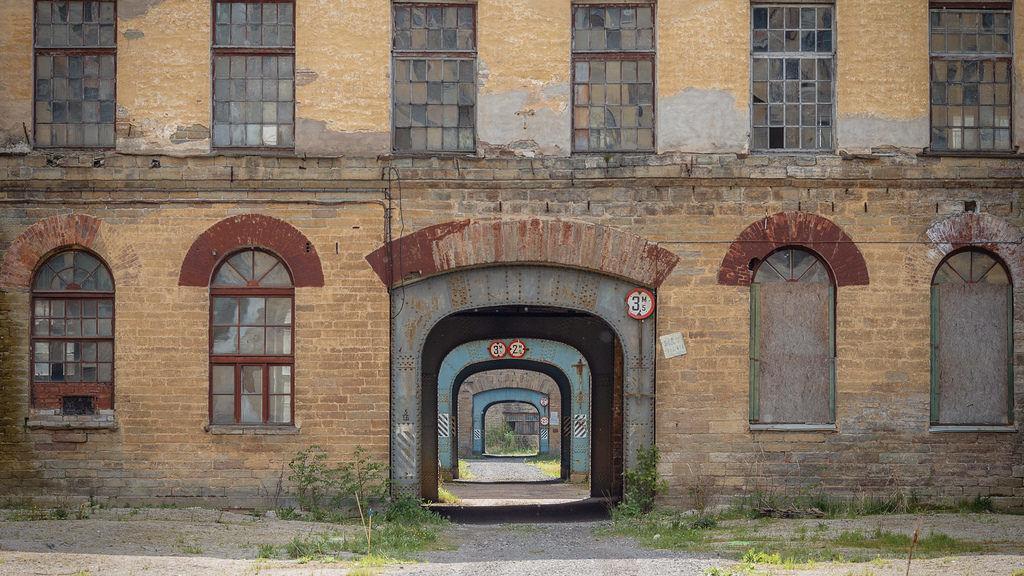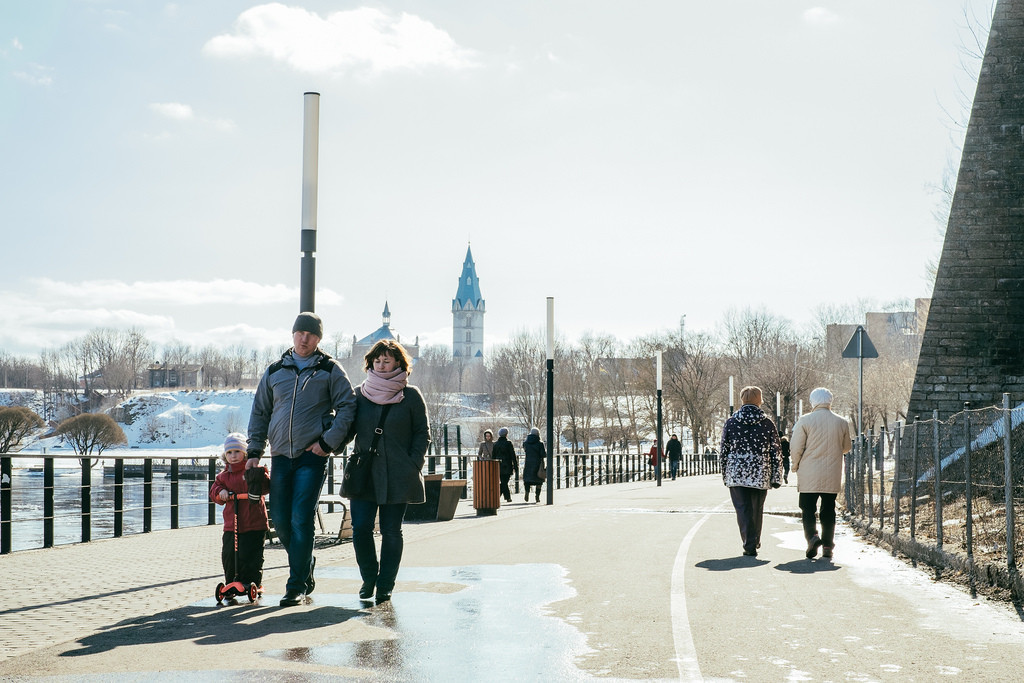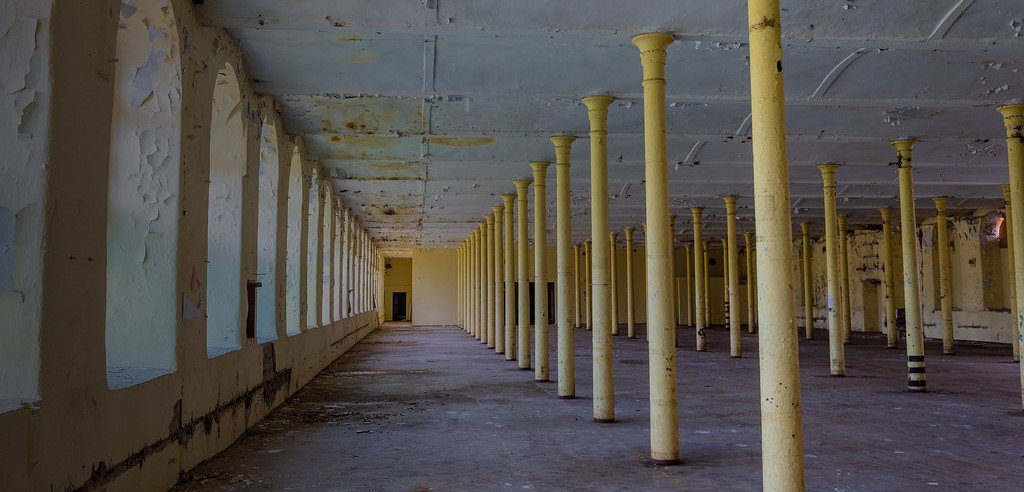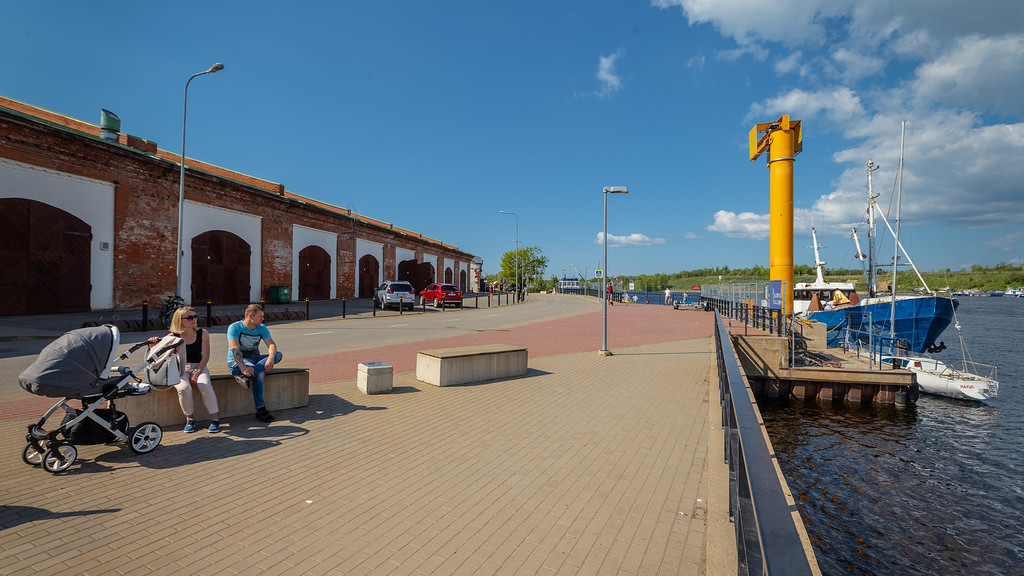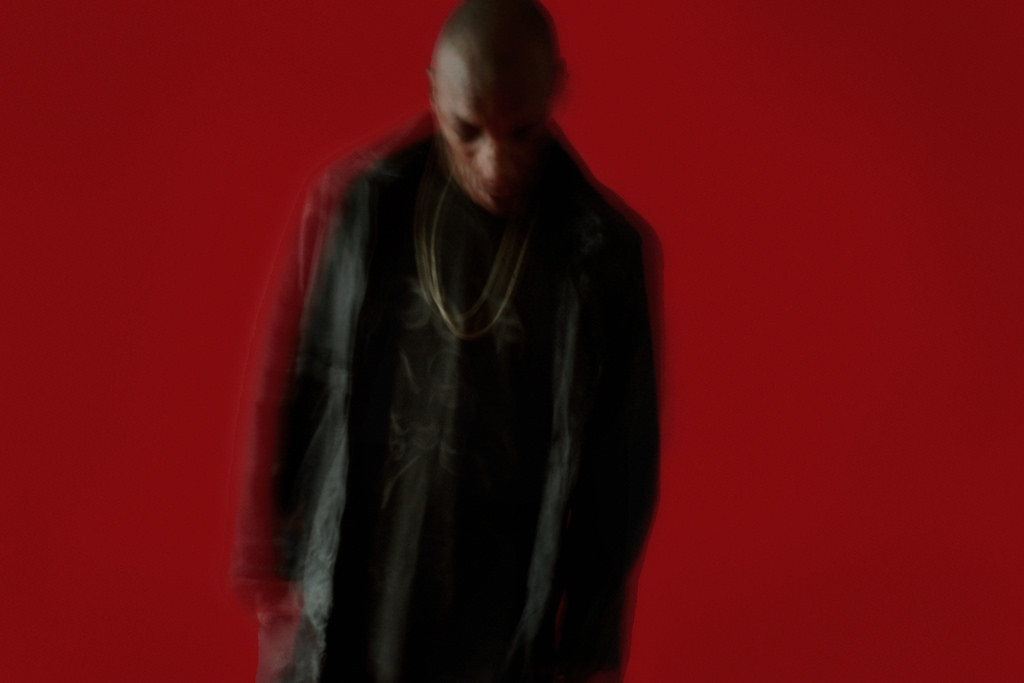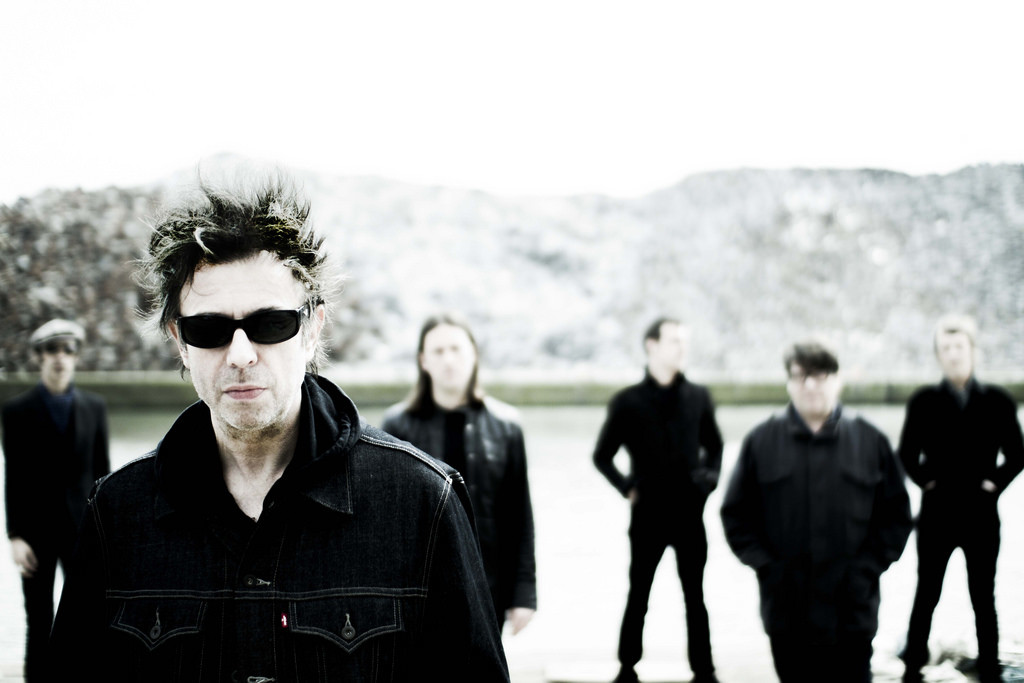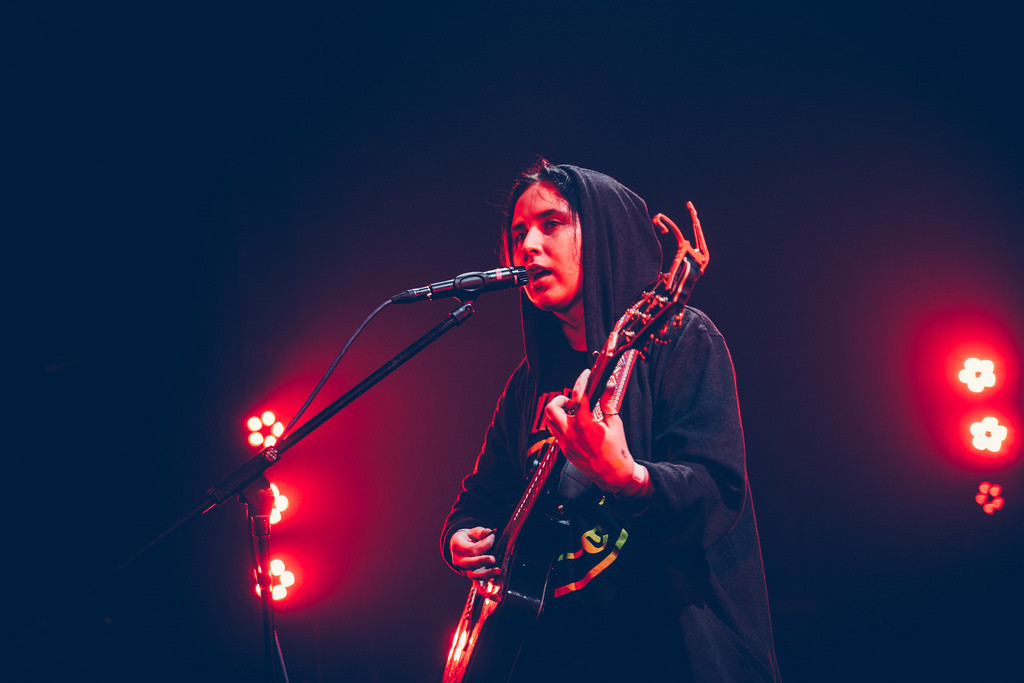Station Narva, the first edition of the music and city culture festival in Estonia’s third largest town, kicks off on 21 September; Estonian World caught up with the organisers to find out what’s the buzz about.
In recent years, Narva – Estonia’s third largest town at the border of the European Union and Russia – has repeatedly caught attention of the international media, but for all the wrong reasons. Ida-Virumaa county, in which Narva is situated, is the poorest region in Estonia and has the highest concentration of Russian speakers. There has also been speculation and a flurry of articles by the international media that the town might be the next Crimea – a claim most Narva residents reject.
To cheer things up a bit and prove Narva has a lot of potential to become a vibrant Estonian town, a lively cast of musicians, artists and urban thinkers descend upon the city from 21-23 September, bringing art and culture to the forefront. Organised by the team behind the international music showcase festival, the Tallinn Music Week, the Station Narva festival will bring artists such as Tricky (UK) and Echo & The Bunnymen (UK) to the town.
The main music venue during the festival will be set on Kreenholm island that was once home to the world’s largest cotton spinning mill while the premises of the Art Club Ro-Ro will offer euphoric singalong gigs by the beloved Estonian and Russian bands.
Besides the concerts, there will be also art activities, public talks and a stand-up performance. On the last day of the festival, Narva will receive the annual title of the autumn cultural capital of Estonia.
Estonian World caught up with Ingrid Kohtla, the festival’s head of communications and the music programme curator, and Ivan Sergeyev, the festival’s chief executive, to find out more.
What’s behind the idea to organise a music and city culture festival in Narva?
Ingrid: Narva’s location on Estonia’s north-eastern frontier and the city’s similarity to the Cold War era Berlin with its prefab Soviet Khrushchyovkas (an unofficial name of a type of low-cost, concrete-paneled or brick three- to five-storied apartment building which was developed in the Soviet Union during the early 1960s – editor) is highly inspiring – one can call it a work in progress, a dreamlike post-industrial city filled with promises and purposes for an age yet to come.
Narva is a town that attracts people who want to do great and extraordinary things. It doesn’t offer ready-made comfort packages, but endless opportunities and adventure. It appeals to the people who yearn to redefine a stale state of affairs. We see Narva not as a fragile geopolitical time-bomb, but as Estonia’s next big success story, making the most of the advantages of being a border city between Russian and European cultures.
What’s the feedback so far from within Narva?
Ivan: The feedback has been very positive. On one hand, people are generally excited for all the activity that’s found its way to Narva lately. On the other, as for Station Narva specifically, we’ve seen a lot of interest from locals, some naming the coming festival the “best festival in Narva ever”, “like nothing that has ever happened in our town before”, or “the first real festival in Narva” – those are actual quotes from some of the messages and comments we’ve received from locals.
Ingrid: Even the city’s main football teams – namely JK Narva Trans and Narva United FC – have been buzzing about the festival and staged some brilliant guerrilla marketing around, with slogans like “There is no Station Narva without Narva Trans!”. Likewise, there’s no Station Narva without the local people.
Ivan: The festival music offering is so diverse that people from all sorts of backgrounds and age groups connect with it. The locals reacted especially enthusiastically to the news that Tricky will be performing – seems like his vibe connects to Narva really well. Also, I’ve heard some people say they are looking forward to Shortparis and Felix Bondarev (with his band RSAC), so people are obviously familiar with the artists that we are bringing in, and look forward to seeing them perform live in Narva – for most of them, it will be the first time they’ll see these artists in their home town.
Is the local government supportive?
Ivan: Yes, absolutely. The culture department of the town hall has been super helpful with locating venues and helping solve some logistical issues, but they are not only supportive emotionally, but financially as well, which, to me, is an important signal that the festival is welcomed and deemed important. Also, importantly, the local government immediately saw in the festival a way to spice up its “autumn capital of Estonia” season opening programme – Station Narva is officially the event that will be opening the autumn capital festivities this year!
How did you put together the programme?
Ingrid: In the festival promotion world, an awful lot of stuff happens behind closed doors, from endless negotiations to last-minute cancellations. While the public sees the end product on the festival’s website, or radio dials, they don’t see what it took to get there. However, one goal is to be distinctive, another is to foster a culture of music and discovery and champion of younger, upcoming and yet-untapped talent.
A lot of it is based on the experience, on the other hand it’s been kind of intuitive. There is some sort of a story you want to tell when you put the line-up together. It’s a bit of a balancing act for it to be both impressive and enticing. Let’s say that in a way, our festival programme yearns to reflect the beginning of Narva’s post-industrial era, and many artists in the line-up are themselves the true masters of re-invention.
One of our headliners, the grandmasters of nocturnal pop, Echo & the Bunnymen, is surely bound to bring out the poetry of Kreenholm’s (a huge former textile factory, now mostly disused – editor) rough steampunk milieu with their swirling fusion of gloom and theatrical psychedelia.
On the other hand, Actress, the creator of cerebral abstract techno, will fill the Kreenholm factory with post-industrial power of future, while Tricky’s blend of pre-millennial tension will reconstructualise the time and space continuum, and both physical and mental borders within it.
While the aforementioned headliners, as well as the intriguing performance artist and producer Gazelle Twin, hail from the UK, then the focus of Station Narva will be on the meeting of the wealth of Estonian, Russian and Nordic musical talent.
Estonia’s own music scene will be represented by around a dozen cutting-edge acts, among them the surrealist soul producer and singer Mart Avi with his high-end concepts of 21st century pop, the darkly atmospheric hip-hop shamans 12EEK Monkey, and the dance version of Estonian indie founders Röövel Ööbik, aka Una Bomba 50+.
From Finland hail shoegazers Joensuu1685 as well as the grime and dubstep mixing hip-hop star, View; from Iceland the horror-rapper Fever Dream; and from Sweden, the singer-songwriter Jenny Wilson.
Are there any Russian artists performing as well?
From Russia with love will come the whole squad of their brave new sounds – Shortparis with their spastic grooves and falsetto chanson madcap producer Felix Bondarev – with strong Estonian ties – as well as the dark-pop duo Elektroforez and the young singer-songwriter Grechka aka “the voice of the new generation” of our eastern neighbours. All of them are carefully handpicked either from talent-spotting trips to Moscow and St Petersburg during the last few years or have kickstarted their (international) career at our annual Tallinn Music Week festival.
Are there any plans to make it an annual festival?
Ingrid: Yes, that’s what we’re aiming for – something akin to an annual pilgrimage towards the borderline. In the case of Narva, the challenge is to determine what kind of festival programme would appeal both to the local inhabitants and at the same time the whole Estonia, St Petersburg and Jamburg (in Russia) as well as Helsinki. Of course, it’s going to be a long and winding road, but there is no point in kickstarting the rather ambitious international event for if you do not see it running for at least 10 years.
I
Cover: The main music venue during the festival will be set on Kreenholm island that was once home to the world’s largest cotton spinning mill. All images courtesy of Station Narva. Read also: Narva is aiming to become the European capital of culture in 2024.

